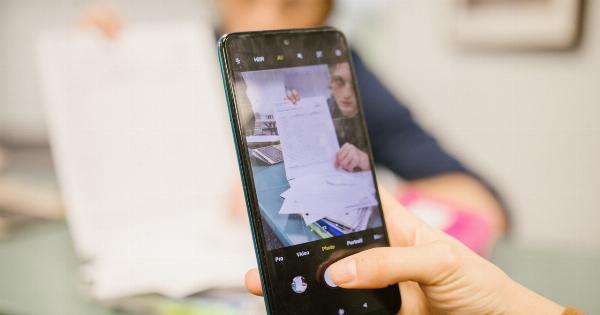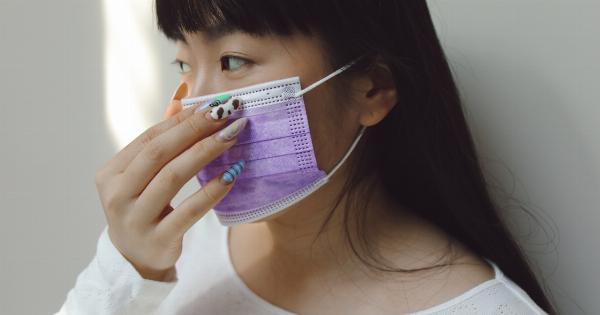For many years, eye drops have been the most common form of treatment for correcting myopia. While these drops are effective, they can be inconvenient and may lead to certain side effects.
Fortunately, there are other options available for those who wish to correct their myopia without relying on eye drops. In this article, we will be exploring these alternatives in detail.
1. Orthokeratology (Ortho-K)
Ortho-K lenses are a type of contact lens that are worn overnight. These lenses are designed to reshape the cornea, which ultimately corrects the refractive errors causing myopia.
The results of Ortho-K can be seen soon after the first use and are typically worn every night for maximal benefits. The lenses can also provide temporary relief for those who suffer from dry eye syndrome. It is important to note that, for safety reasons, it is necessary to visit a professional for the fitting of these lenses to ensure proper treatment.
2. Multifocal Contact Lenses
Unlike traditional contact lenses that are typically designed to correct only one type of refractive error, multifocal contact lenses are designed to correct multiple. This makes these lenses a great option for those who have both myopia and presbyopia.
Multifocal contact lenses provide clear vision at all distances, and often require little to no adjustments to prescription strength. Unlike Ortho-K lenses, multifocal lenses are also more accessible for those who need them.
3. Prescription Eyeglasses
Myopia often requires the use of prescription eyeglasses to achieve clear vision. Prescription eyeglasses provide one of the most immediately effective and low maintenance options for treating myopia.
They offer a variety of styles and options, including non-invasive surgical alternatives such as Lasik eye surgery. Glasses not only offer eye correction but also add as a fashionable accessory. Patients can visit a doctor to determine which prescription is required for their myopia. The convenience of removing them as, and when needed, is another plus point.
4. Corneal Inlays
Corneal inlays are small, implantable devices that are placed underneath the eye’s surface. These inlays work to reshape the cornea, thereby correcting myopia.
They are a newer alternative treatment option that are minimally invasive and offer amazing results with quick recovery time. Corneal inlays allow for little to no use of glasses, and have been shown to improve day-to-day independence and work productivity.
5. Vision Therapy
Vision therapy, also known as vision training, involves performing exercises that reinforce the brain’s ability to process visual information. This treatment is often recommended for individuals that are experiencing eye teaming and tracking issues.
In vision therapy, an individual typically undergoes a series of exercises and activities that are customized for their individual needs. The goal of these exercises is to unlock greater visual potential and strengthen visual efficiency and processing.
6. Bifocals and Progressive Lenses
Bifocals and progressive lenses are also utilized to treat myopia. Bifocals are lenses that split the lens into two sections, with the top section correcting distance vision, and the bottom section for reading.
Progressive lenses are lenses that slowly transition between prescriptions to provide clear vision at all distances; these can be especially useful for those who have both myopia and presbyopia. These lenses are recommended for those who may need additional support to help with reading and other fine visual tasks.
7. Natural Methods
There are also natural methods to treat myopia that can be helpful for some individuals. These include, but are not limited to regular exercise, balanced diet, vitamin supplementation, and appropriate eye screen time habits.
It is important to understand that natural methods are not a sole cure for myopia. It is necessary for individuals to consult a medical professional for diagnosis and treatment options.
8. Light Therapy
Light therapy involves exposure to a specific type of light that has been shown to help treat myopia. This type of therapy works by promoting the release of dopamine, a neurotransmitter that can help reduce the risk of developing myopia.
Light therapy is still relatively new and data may shift in future to support this newer treatment option.
9. Atropine Eye Drops
Atropine eye drops can also be utilized to treat myopia. These drops work by dilating the pupil and relaxing the muscles that control focus.
While they are effective at reducing the progression of myopia, their use is limited due to certain side effects such as sensitivity to light, eye irritation and blurred vision. They are a viable treatment option for patients that may not prefer to undergo more invasive treatments.
10. Digital Augmentation and Screen Time Regulation
Digital augmentation includes adjusting the light level and color temperature of screens. Similarly, the reduction of screen time can also promote better eye health and reduce the risk of developing myopia.
Regulating the time and distance from screens is a great preventative measure for maintaining long-term eye health. Individuals can use digital software plug-ins or yellow-tinted glasses to modify the screens they are working on.





























